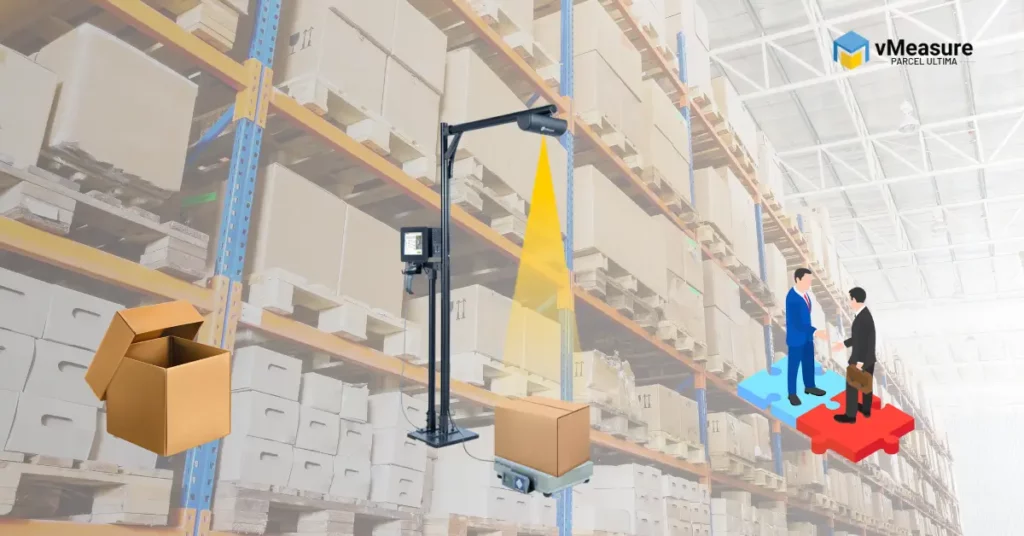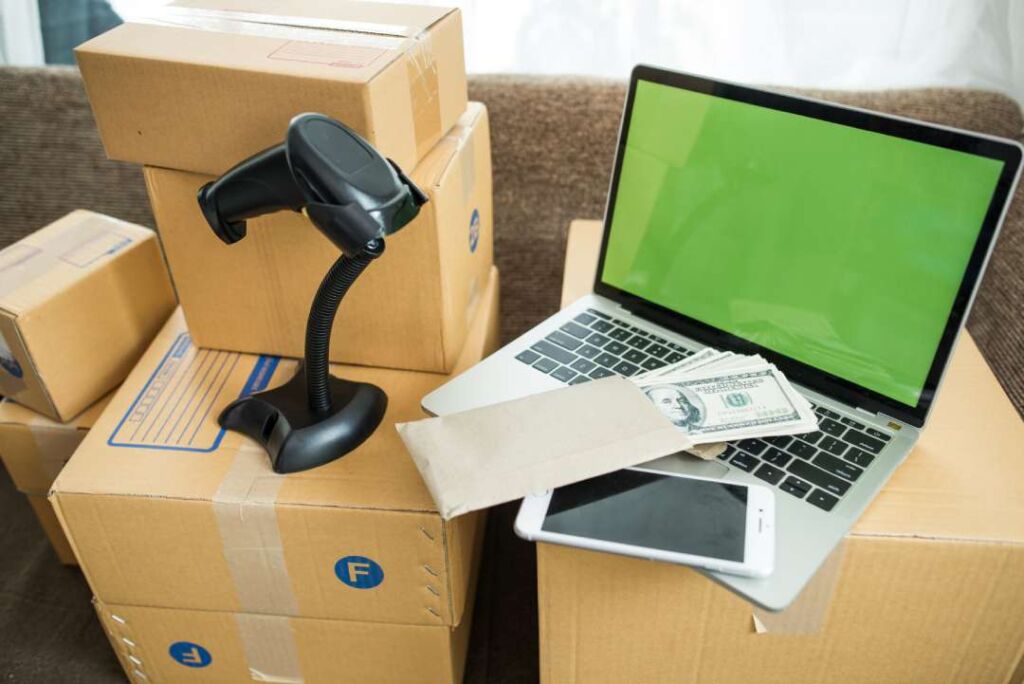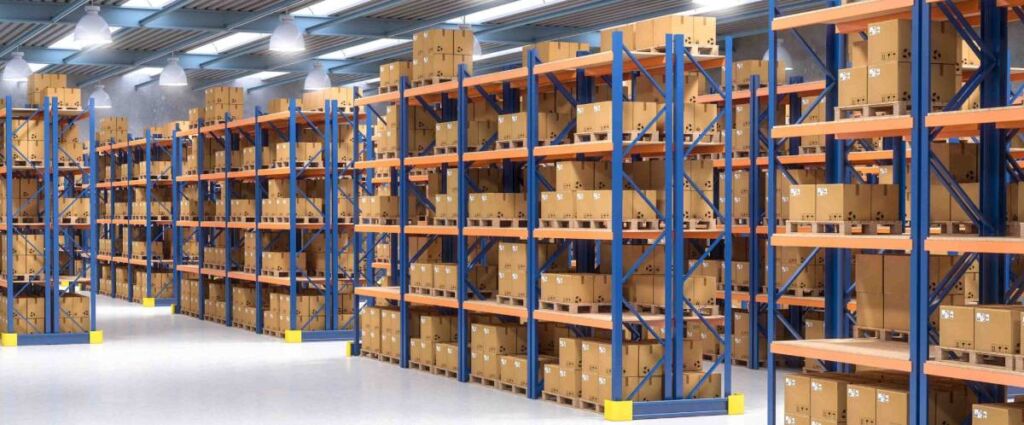Introduction
Hey there, logistics experts! You get it—accuracy in dimensions and weight can make or break your shipping costs and customer satisfaction. The smallest error could mean extra expenses or dissatisfied clients. This is where a top-notch cubic scan machine can be a game-changer. But let’s face it, with so many options available, how do you make the right choice?
Don’t stress! We’re here to help with an easy-to-follow list of 10 essential questions to ask when selecting the perfect cubic scan machine for your business needs.
Understanding What a Cubic Scan Machine
First things first—let’s clarify what we’re talking about. A cubic scan machine is a device that quickly and accurately calibrates the package dimensions. If you’re in logistics or running a warehouse, you know this isn’t kid stuff. It’s critical for determining shipping costs and ensuring efficient use of space.
So, if you are planning to procure a cubic scan machine for your workspace, then below are the 10 questions you need to ask:
Durability and Material
Picture your warehouse. Forklifts are moving fast, people are lifting heavy stuff, and it’s noisy from all the machines. In a place like this, weak equipment will break easily. Warehouses are busy and mistakes can cost a lot, like breaking expensive gear. So, when picking out a device to measure package dimensions, you can’t just go for something that looks nice. It must be strong and last a long time. Durability isn’t just a nice-to-have, it’s a must-have.
When we talk about durability, material selection is paramount. Generally, industrial-grade plastics and stainless steel are your best bets.
- Stainless Steel: This material is known for its resistance to corrosion, rust, and staining. It is ideal for environments where moisture or chemical exposure might be an issue.
- Industrial-Grade Plastics: While less robust than steel, good quality plastics can offer the advantage of lighter weight, which can be beneficial for portability, without sacrificing too much on the durability front.
Environmental Factors
Think about your warehouse’s conditions. Is it wet, dusty, or super cold? These things can make your equipment wear out faster. That’s why you should check its IP rating. This tells you how good the device is at handling stuff like dust and water.
Expert Tip: Check the device’s IP rating (Ingress Protection Rating), which will give you an idea about its resistance to dust and moisture.
Why Quality Matters
The word “quality” might sound fuzzy, but when it comes to measuring package sizes, it matters for your profits and happy customers. A bad measuring device can give you the wrong parcel dimensions. Wrong package dimensions can mean you pay more for shipping because carriers often charge based on how big a package is. It can also mess up how you keep track of your stock. Even worse, you might send out packages that are the wrong size, and that’ll make your customers mad.
When assessing quality, one of the first places to look is the manufacturer itself.
- Reputation: A well-established manufacturer with a history of producing high-quality equipment is often a safe bet. Look for companies that have been in business for a substantial period and have a proven track record in the logistics and warehouse sectors.
- Customer Testimonials and Reviews: While every company will promote their product as the best thing since sliced bread, unbiased user reviews can give you a more balanced perspective. Look for reviews in trusted industry publications or forums.
- Certifications and Awards: Companies often receive certifications from industry organizations or win awards for product excellence. These badges of honor can serve as an indicator of quality.
Expert Tip: Pay attention to the device’s tolerance levels—these indicate the range of errors you can expect, and the lower, the better.
Budget: Costly vs. economical Options
Choosing between quality and price is always tricky, especially when picking a device to calibrate package dimensions. Sure, money can be tight, but the cheapest option might cost you more later if it breaks or makes mistakes. On the other hand, the most expensive cubic scan machines with all the bells and whistles might be too much for what you need. The goal is to find something in the middle— dimensioning equipment that’s affordable but still does everything you need it to do.
The first step in deciding on a budget is identifying what features are truly essential for your operations.
- Essential Features: Have a list of must-have features that align with your warehouse operations. These could be speed, durability, or integration with your existing systems.
- Non-Essential Features: Advanced features might be nice to have but weigh these against their added cost. Features like advanced analytics or automation capabilities are beneficial but might not be necessary for smaller operations.
Expert Tip: Consider Total Cost of Ownership (TCO), which includes purchase price, installation, and maintenance costs.
Accuracy and Precision
In the world of logistics, especially when calculating shipping costs, inaccuracy is directly proportional to lost revenue. A cubic scan machine that consistently measures inaccurately could lead to misjudged shipping costs, and over time, these seemingly small errors can accumulate into a considerable expense. The issue can also compromise inventory management and customer satisfaction—two key areas you don’t want to overlook.
When you’re procuring a cubic scan machine, keep a keen eye out for its accuracy level, which is often listed as a percentage.
- Accuracy percentage: A high-quality cubic scan machine should have at least 99% accuracy. This high level of accuracy ensures you’re not losing money through shipping miscalculations.
- Tolerance Levels: These tie back into accuracy percentage. Understanding the tolerance levels will give you a clearer picture of how much deviation from the actual dimensions you can expect.
Expert Tip: Run a few tests with parcels of known dimensions to verify the device’s accuracy before finalizing your purchase.
Speed and Efficiency
Let’s face it—time is money, especially in a logistics-heavy environment where the flow of goods never stops. When you’re dealing with hundreds, if not thousands, of parcels daily, every second saved in the dimensioning process equates to increased productivity. What may seem like trivial seconds saved on measuring a single parcel can translate into hours saved each week and days each year. In an industry where efficiency gains are measured in fractions, speed isn’t just a bonus; it’s a crucial requirement.
Check the device’s specs. Understand whether it can handle your average volume without causing bottlenecks.
Expert Tip: Also consider the time needed for calibration and maintenance. A faster device could lose its edge if it requires frequent downtime.
Ease of Integration
When you get a new cubic scan machine, you want it to work well with the systems you already have, like your warehouse management and shipping software. If it doesn’t, you could run into a lot of problems like mistakes in your shipping and wasted time trying to make everything work together.
In addition, here’s what you need to check:
- Tech Details: Look at the technical information to see if it’s easy to connect the cubic scan machine with your existing systems. Check if it talks about things like API or SDK, which are just fancy ways of saying that the device can easily “talk” to your other systems.
- Ready-to-Use Connections: Some cubic scan machines already work well with popular systems right out of the box. This means less work for you to set things up.
- Ask for Help: Don’t be shy about contacting the company’s customer service to ask how their device can work with the systems you already have.
Expert Tip: If possible, opt for a cubic scan machine that offers API access for easier customization and integration.
Customer Support and Warranty
Imagine you’ve just bought a new gadget and you’re excited to use it. But what if something goes wrong? Maybe it starts acting weird or doesn’t work. That’s when customer support and a good warranty enter the play.
- Help When Needed: Good customer support means you’re not stuck figuring things out alone. They can help fix issues over the phone or guide you on repairs.
- Warranty Safety Net: A warranty fixes or replaces your item if it breaks. You won’t lose your money on a broken product.
- Product Confidence: A long warranty often means the product is durable and won’t need frequent fixes. It shows the company believes in what they’re selling.
So, even the best things can break. When they do, knowing that you have good customer support, and a solid warranty can save the day. It can make the difference between a minor hiccup and a major headache.
Expert Tip: Find out if customer support is available during your operating hours and whether they offer on-site repairs.
Software Compatibility
Think of buying new hardware like adding a new player to your sports team. If the new player performs poorly, everyone must adjust, which might slow down your process. The same is true for your cubic scan machines as well. If the new hardware doesn’t “speak the same language” as your existing software, you might have to change a lot of things to make it work. That could cause you a lot of trouble and can cost you time and money.
- Easy Add-On: Choose hardware that works with your existing software. It’s plug-and-play, so it fits in easily without any hassle.
- Fits Popular Systems: Pick hardware that’s compatible with common Warehouse Management Systems to avoid headaches. It’s like a one-size-fits-most charger.
- Open-Source Flexibility: Some hardware lets you tweak the software to meet your needs, like a tailor-fit shirt. You can make small changes for a perfect fit.
In short, software compatibility means you don’t have to turn your system upside down just to use your new hardware. You could avoid a lot of hassles, and waste less time, and money.
Expert Tip: Check whether software updates are included in the package or if they come at an additional cost.
Data Security
In an age where data breaches are all too common, the security features of your cubic scan machine should not be overlooked. A vulnerable device could compromise your entire system.
Here’s what to consider:
- Encryption: Ensure data transfers between the cubic scan machine and your systems are encrypted, making intercepted data unreadable.
- User Authentication: Look for cubic scan machines with user authentication features, such as passwords or biometrics, to restrict access to authorized personnel.
- Security Updates: Confirm the scanner can receive regular security patches from the manufacturer.
- Vendor Trust: Quickly assess the manufacturer’s reputation for data security; look for relevant certifications if possible.
Expert Tip: Involve your IT department to ensure the device’s security features align with your organization’s guidelines.
Conclusion
And there it is! If you’re in the market for a cubic scan machine, our guide of 10 vital questions to ask has got you covered. The importance of this choice can’t be overstated—by choosing the perfect cubic scan machine, you’re not just ticking a box. You’re streamlining operations, conserving time and resources, and ensuring customer satisfaction. So, you’re well-prepared to make an informed decision that could elevate your logistics game. Ready to make your move? Dive right in!




